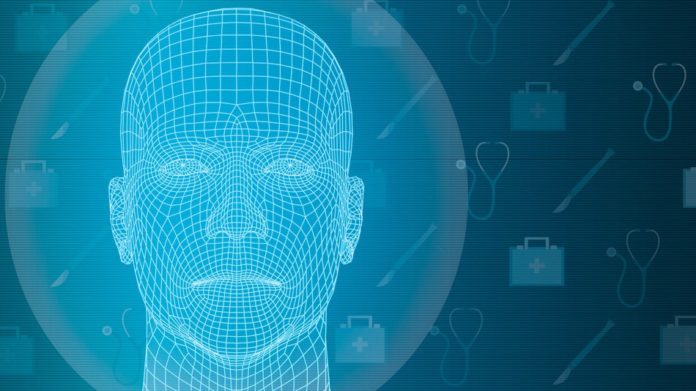Face transplants get a big boost from 3D printing

Surgeons are using new, highly accurate 3D printers to guide face transplantation operations, making the procedures faster and improving outcomes, according to a new report.
The face replicas made on these printers take into account bone grafts, metal plates and the underlying bone structure of the skull. They improve surgical planning, which ultimately makes the surgery much shorter, the report authors said.
The new technique has already been used in several patients, including two high-profile face transplant patients — Carmen Tarleton, who was maimed by her husband and received a face transplant in 2013, and Dallas Wiens, who was the first person in the United States to receive a full face transplant, in 2011.
The surgeries have dramatically improved the lives of the patients, the researchers said.
“They went from having no face and no features at all, to being able to talk and eat and breathe properly,” said Dr. Frank Rybicki, a radiologist and the director of the Applied Imaging Science Laboratory at Brigham and Women’s Hospital in Boston, who presented the findings Dec. 1 at the meeting of the Radiological Society of North America.
Custom fit
For the patients, face transplantation is often the end of a long journey.
“Typically, by the time they come to us, they’ve had 20 or 30 surgeries already, just to save their lives,” Rybicki told Live Science.
That means that patients may have plates, screws, bone grafts and dozens of other small modifications in their faces, and the new face has to fit perfectly around these. 3D printing allows the team to see exactly where these elements are, making the surgery — which can take up to 25 hours — go more quickly and smoothly, Rybicki said.
Soft tissue
The team printed out the soft tissue for Tarleton, whose estranged husband threw industrial-strength lye (a h3 chemical used in soap-making) on her face, according to the report.
The lye “literally burned off all the skin and all the squishy stuff in the face, and just left the bone,” which was covered by a paper-thin flap of tissue, Rybicki said.
Printing soft tissue requires a sophisticated technique, but it was tremendously helpful because, without 3D printing, it’s very difficult to visualize that tissue, Rybicki said.

3D printed models like this one are used in planning facial transplant surgery.
Image: RSNA
Since her face transplantation procedure in 2011, Tarleton has done amazingly well, and her facial features have truly become her own, Rybicki said. The tissue has undergone dramatic remodeling, and the face no longer resembles neither her original face nor the donor’s face. Now, three years after her operation, it is hard to tell that she was the recipient of a face transplant, Rybicki said.
Images of Tarleton’s face were revealed at a meeting later in the day.
The team also created 3D-printed versions of the new soft-tissue structure at Tarleton’s follow-up appointments. As a result, they can document some of the facial remodeling that Tarleton has undergone, Rybicki said.
New innovations
Having a better understanding of the facial anatomy can also improve outcomes in less dramatic types of facial reconstruction, said Dr. Edward Caterson, a plastic surgeon at Brigham and Women’s Hospital who is part of the same face transplant team.
For example, when someone’s jaw is destroyed, doctors typically harvest a piece of rib or leg bone to replace the missing jaw. Because the tibia, or leg bone, is quite straight, it’s tricky to cut it for a perfect fit. 3D printing allows that cut to be done more precisely, Caterson said.
“We’re also getting an opportunity to innovate surgically, due to the fact we can do this planning preoperatively,” Caterson told Live Science.
Recently, 3D printing enabled Caterson to harvest bone from a completely new location — the femur, or thigh bone. Though doctors often use rib grafts to replace jawbone, ribs don’t have their own blood supply, so they typically collapse after a few years.
3D modeling allowed Caterson to use a portion of the femur that has its own blood supply, which should last much longer, he said.
- Invisible Dark Matter May Show Up in GPS Signals
- Origins of Human Alcohol Consumption Revealed
- New Artificial Intelligence Challenge Could Be the Next Turing Test
- Rare, Early Motion Picture Taken by Arctic Explorers
This article originally published at LiveScience here

